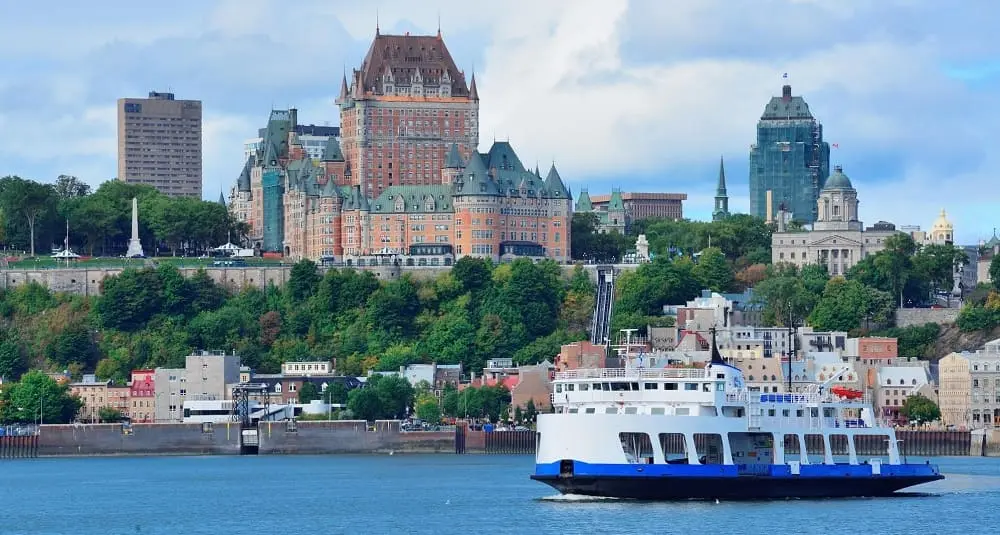Which river crosses Quebec?
Last Updated:
The St. Lawrence River is one of Quebec’s most emblematic and vital waterways. It plays a central role in the province’s history, economy and ecosystem. With a length of 1,197 kilometers, it links the Great Lakes to the Atlantic Ocean and crosses over 1,000 kilometers of Quebec.
The St. Lawrence rises at the eastern end of Lake Ontario, on the border between Canada and the United States. In its first part, it serves as a natural border between Ontario and New York State. As it enters Quebec, it gradually widens to form the world’s largest estuary, up to 48 kilometers wide and 370 kilometers long.
Finally, the river empties into the Gulf of St. Lawrence, a vast expanse of water that opens onto the Atlantic Ocean. Its watershed covers some 1.6 million square kilometers and drains much of North America.
The St. Lawrence is a major economic artery for Quebec and Canada. Developed for navigation along its entire length, it forms the St. Lawrence Seaway, giving ocean-going vessels access to inland ports on the Great Lakes.
This waterway facilitates the transport of goods, including manufactured goods, grain and natural resources, making a significant contribution to the regional and national economy. The ports of Montreal and Quebec City, located along the river, are among the busiest in the country.
The St. Lawrence River is home to a rich and varied biodiversity. Its waters and shores are essential habitats for many species of fish, migratory birds and marine mammals, such as the beluga. Adjacent wetlands play a crucial role in filtering water, protecting against flooding and supporting wildlife.
Historically, the St. Lawrence was the main route to North America for European explorers. In 1534, Jacques Cartier was one of the first to navigate its waters, paving the way for French colonization. The river was thus the cradle of New France, and remains a powerful symbol of Quebec identity.
Numerous historic towns and villages have developed along its banks, testifying to the river’s importance in the region’s settlement and development. Heritage sites, festivals and cultural activities celebrate this rich history and strengthen the bond between the river and Quebecers.
Despite its importance, the St. Lawrence River faces many environmental challenges. Industrial and agricultural pollution, urban development and climate change threaten its ecological health. Conservation and awareness-raising efforts are underway to protect and restore this vital ecosystem, so that it continues to play its central role for future generations.
The St. Lawrence River is much more than just a waterway that flows through Quebec. It is the beating heart of the province, influencing its economy, culture, history and environment. Its preservation is essential to maintain Quebec’s quality of life and natural heritage, while honoring the legacy of past generations who lived in harmony with its majestic waters.
geography

Which river crosses Quebec?
Answer
The St. Lawrence River crosses over 1,000 km of Quebec, linking the Great Lakes to the Atlantic Ocean. It is essential to Quebec's economy and culture.